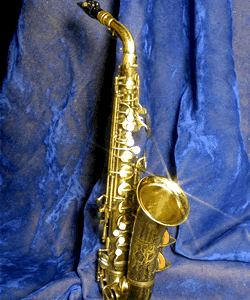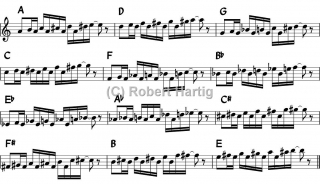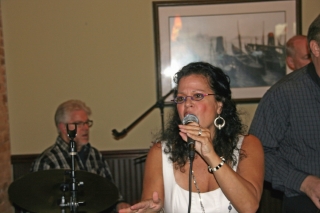Hey, everyone, here’s a quick heads-up to let you know that I’ll be playing with my good friend Ed Englerth at the Fall Creek Restaurant in Hastings on New Year’s Eve.
Ed and I will be playing an eclectic assemblage of tunes in a low-key acoustic format, with Ed on guitar, me playing soprano and alto sax, and both of us doing a bit of singing. With other restaurants in the area featuring live bands in a festive spirit, the owner of Fall Creek wanted something laid-back that would allow people to converse. So that’s what we’ll be providing: music that is fun, enjoyable, but not obtrusive or melt-your-earwax loud.
Here are the details:
Ed Englerth and Bob Hartig
Saturday, December 31
8:30–11:30 p.m.
Fall Creek Restaurant
201 South Jefferson
Hastings, MI 49058
(269) 945-0100
 Over thirty years have passed from the days of God’s Family Band until today. Dad’s horn has been a constant companion in that journey, though I have not always been constant with it. There were times when I set it aside for a season, and other times when I thought how much simpler life could be if I put it behind me forever. Yet every time I have set down the saxophone, I have returned to it. I have kept at it–because I must. It is more than a passion; it is a calling, integral to the way God has designed me.
Over thirty years have passed from the days of God’s Family Band until today. Dad’s horn has been a constant companion in that journey, though I have not always been constant with it. There were times when I set it aside for a season, and other times when I thought how much simpler life could be if I put it behind me forever. Yet every time I have set down the saxophone, I have returned to it. I have kept at it–because I must. It is more than a passion; it is a calling, integral to the way God has designed me.












